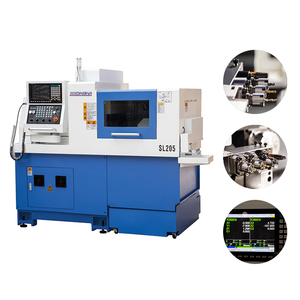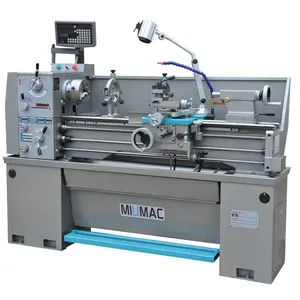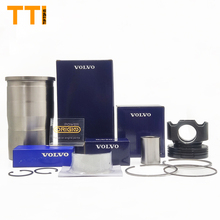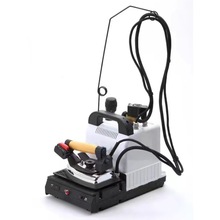The mini lathe is a compact and smaller version of a conventional lathe and is designed for turning, shaping, and machining small workpieces. It is affordable, easy to operate, and well-suited for learning the basics of turning and machining, and is suitable for hobbyists, model makers, and DIY enthusiasts. Usually, the miniature lathe consists of a bed, headstock, tailstock, carriage, cross-slide, tool post, and motor. These components work together to hold and rotate the workpiece when a cutting tool shapes it. According to the material, there are mini wood lathes and mini metal lathes.
Usage of the mini lathe
The small lathe is capable of machining various materials, including metals like aluminum, brass, and mild steel, and softer materials like wood and plastics. Its common uses include turning, facing, threading, taper turning, drilling, parting, knurling, polishing and finishing model making, and educational and hobbyist projects.
Among them, turning operations are the primary usage of small lathe machines, involving rotating a workpiece when a cutting tool removes material to create cylindrical shapes. The function is useful for tasks like creating dowels, pins, and small shafts. Facing is for creating flat surfaces on the ends of the workpiece to ensure the ends are perpendicular to the axis of rotation. Threading is valuable for creating screws, bolts, and threaded components. Taper turning helps make parts like conical bushings or decorative items. Drilling is useful for adding holes or bores to components. The parting function is to part off sections of a workpiece, effectively cutting it into smaller pieces. Knurling is a process of creating a textured pattern on the surface of a workpiece, which improves grip on handles or decorative purposes. Besides, mini lathes can be used in conjunction with polishing wheels and compounds to achieve a smooth and shiny surface finish on metal or plastic parts. They are also popular among model makers for crafting precise components for model airplanes, trains, and other scale models. Hobbyists, DIY enthusiasts, and students use mini lathes to learn about machining processes and complete small-scale projects.
Factors that need to be considered when choosing a mini lathe
Before choosing a mini lathe, the user should identify the types of projects he plans to undertake with the mini lathe. After determining the needs, the user should consider factors like workpiece size and swing, machine specifications including the bed length, distance between centers, and spindle bore diameter, build quality and construction material of the mini lathe, the motor power and the availability of variable speed control, the availability of tooling and accessories, features such as a precise cross-slide, compound rest, and accurate spindle controls that enhance precision and accuracy, the user-friendliness, extra features, the warranty provided by the manufacturer and the availability of customer support, safety features and the space to place the mini lathe.
















































 浙公网安备 33010002000092号
浙公网安备 33010002000092号 浙B2-20120091-4
浙B2-20120091-4